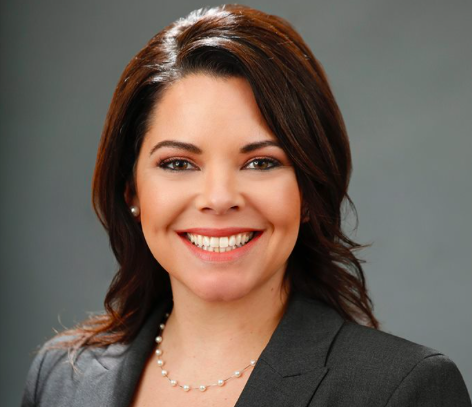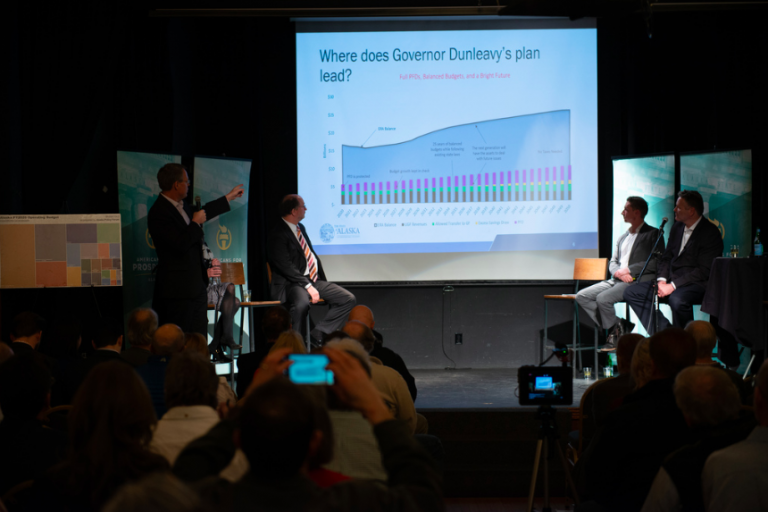BUT HOMICIDE HAS MOVED INTO TOP TEN LIST
In 2017, the 10 top causes of death claimed the lives of 3,139 Alaskans and accounted for 76 percent of the 4,114 deaths across the state, according to the latest report from State of Alaska Vital Statistics Division.
Nine of the 10 leading causes of death were the same in 2017 as they were in 2016, and in 2008.

But the 10th leading cause of death in the state is now homicide, replacing influenza/pneumonia.
Compared to the United States as a whole, 8 of 10 of the leading causes of death were the same, but although in Alaska homicide is No. 10, it didn’t make the top 10 list nationwide.
The top 10 causes of death in Alaska are:
- Cancer
- Heart diseases
- Accidents
- Chronic lower respiratory diseases
- Suicide
- Stroke
- Diabetes
- Liver and Cirrhosis
- Homicide
CANCER
The 2017 age-adjusted mortality rate from cancer dropped 25 percent since 2008 (136 versus 181 per 100,000).
Cancer was the second leading cause of death in the US but has decreased by 13.5 percent nationally since 2008.
In the last decade, age-adjusted rates of cancer:
- Decreased the most in the Northern region of the state (47 percent).
- Decreased by 6 percent in American Indian/Alaska Native people, 27 percent in white people and 43 percent in other race groups.
- Decreased in both sexes by approximately 25 percent. Rates were consistently lower in Alaska females than Alaska males.
- Decreased in all age groups; the largest decrease was in those age 65 and older.
- The most frequent type of cancer mortality in Alaska was in the trachea, bronchus and lung; that has been consistence since 2008. This, even though smoking has declined in Alaska 28 percent between 1996 and 2016. Smoking among Alaska Natives is double that of non-Natives, 41 percent compared to 17 percent.
SUICIDE
The mortality rate due to suicide was 27 per 100,000 in 2017, nearly twice the rate in the US (14). Suicide mortality rates increased in both the US (21 percent) and Alaska (12 percent) from 2008 to 2017. Three times as many men than women are successful in ending their lives in Alaska.
Suicide increased by 39 percent from 2008 to 2017 in Anchorage, the highest increase statewide. In 2017, Alaska Native people had a rate that was more than twice any other race group, and suicides have increased by 19 percent in this population from 2008 to 2017.
LIVER DISEASE
Chronic liver disease mortality rate in Alaska was 15 per 100,000 in 2017, an increase of 62 percent since 2008. The U.S. rate as a whole was 11 per 100,000 in 2017, an increase of 18.5 percent since 2008.
HOMICIDE
Homicide rates doubled from 2008 to 2017. The rate was similar in Alaska and the rest of the U.S. in 2008, but surpassed the US rate in 2015. A greater percentage of Alaska Natives died by homicide than white Alaskans in all years from 2008 to 2017.
The homicide AA rate in Anchorage increased by 359 percent from 2008 to 2017 (2.7 to 12.4 per 100,000).










